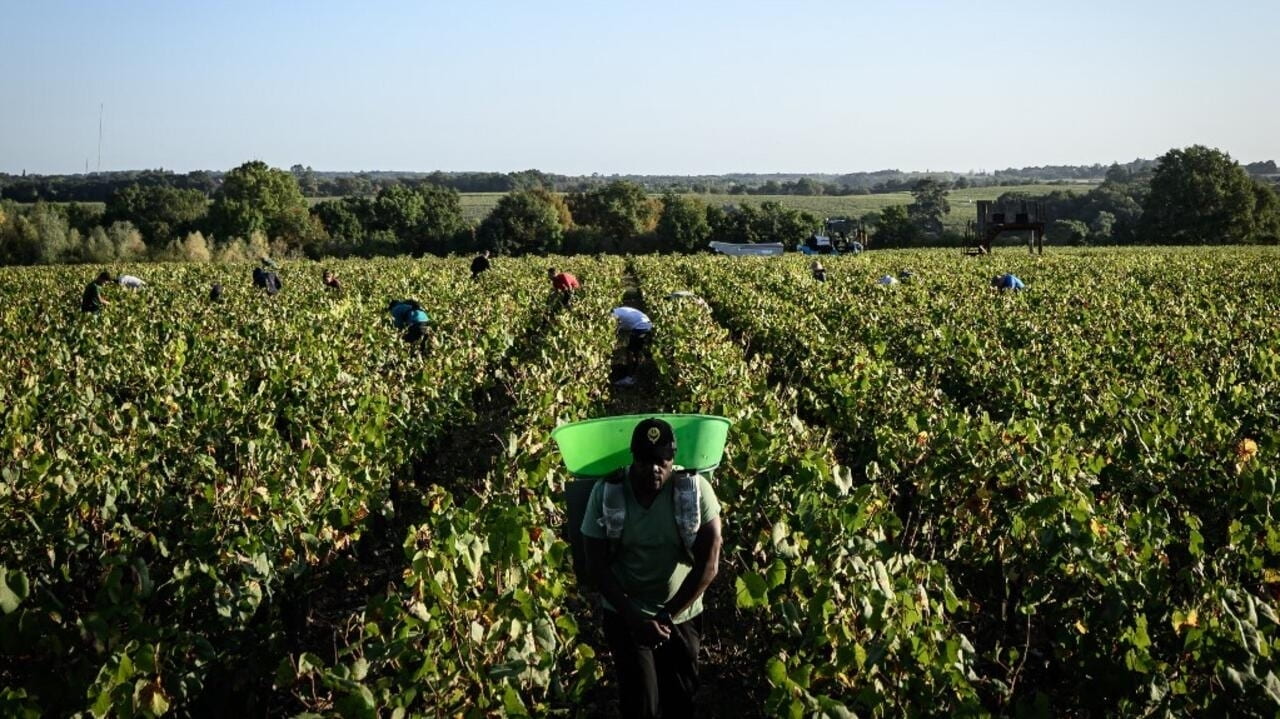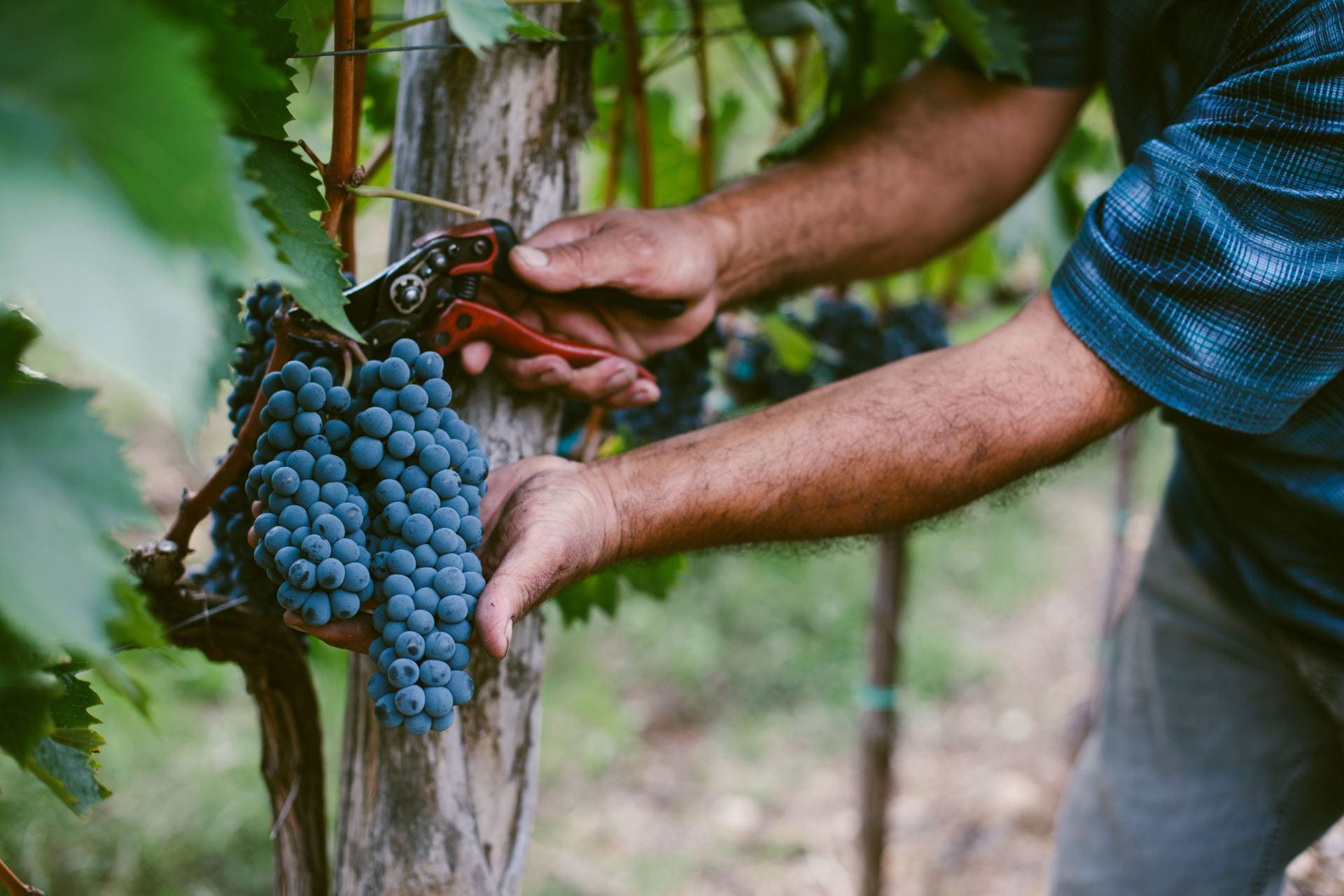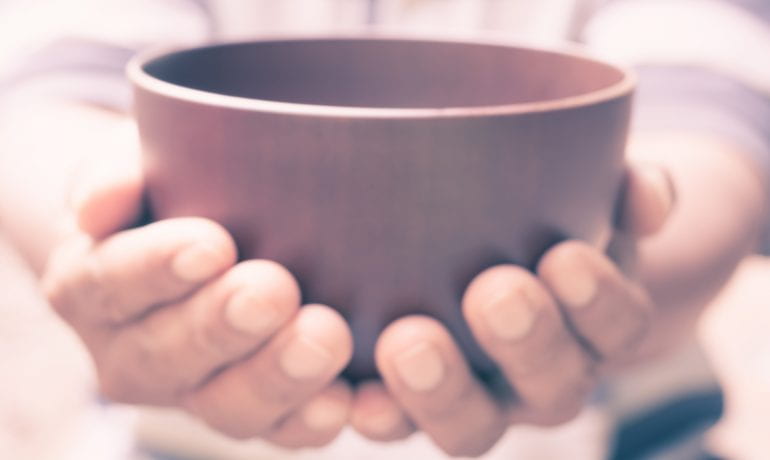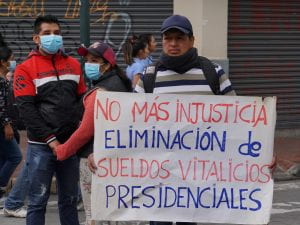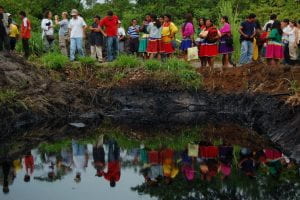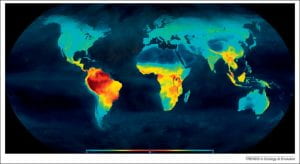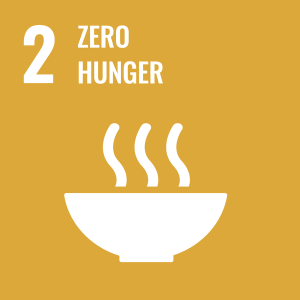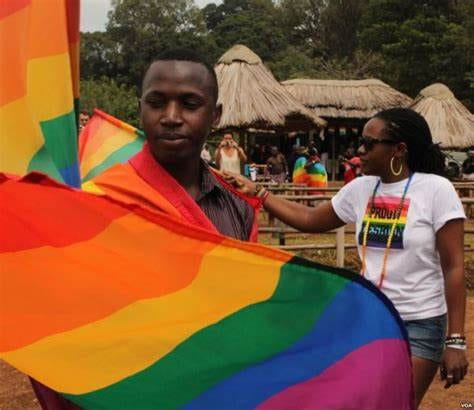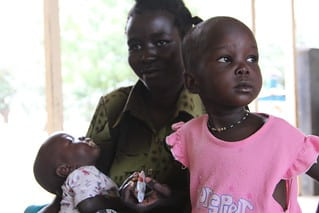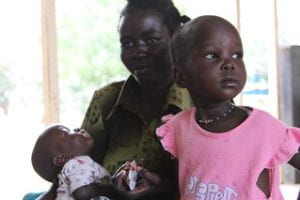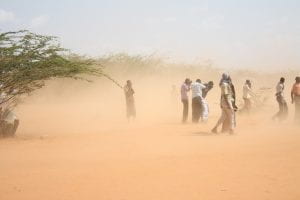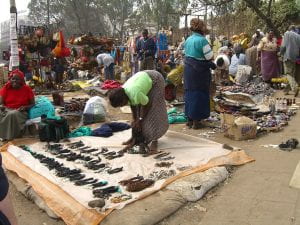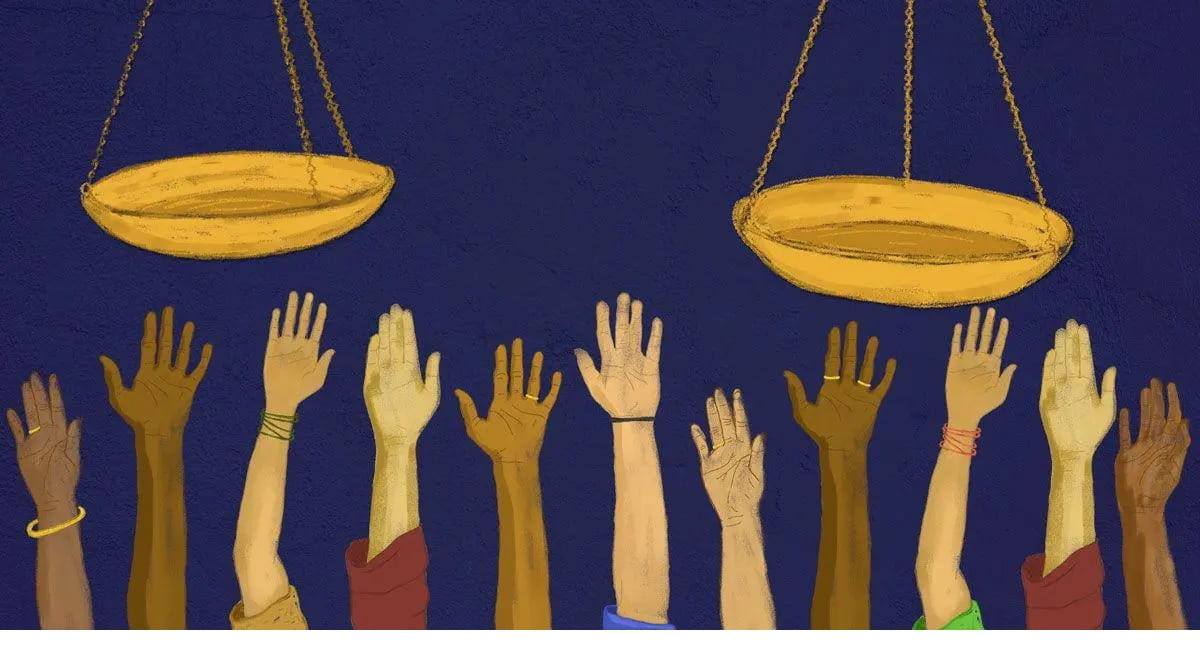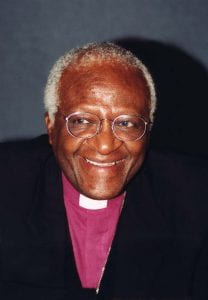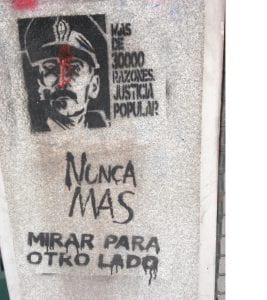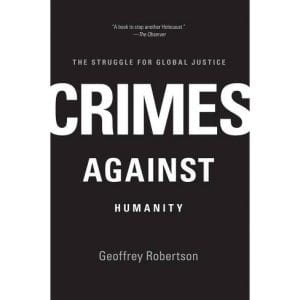
Overview
Niger has the highest frequency of child marriage globally, with 76% of girls getting married before turning 18 and 28% married by the age of 15. The health, education, and opportunities for girls are all significantly impacted by this prevalent practice. Although the problem is sustained by cultural customs, financial constraints, and gender norms, initiatives by regional authorities, global organizations, and civic leaders are encouraging hope for change. The causes, effects, and strategies for ending child marriage in Niger will all be covered in this piece.
Understanding the Root Causes of Child Marriage
Poverty and Financial Pressures
One of the primary causes of child marriage in Niger is economic hardship. Many families struggle to support their children while living in poverty. In these situations, marrying girls at an early age often seems like a sensible solution. To help with their immediate financial burdens, families may get dowries or other financial benefits. However, young brides are often denied access to education, reducing their future earning potential; this exchange keeps females trapped in poverty cycles.
Cultural and Social Norms
Child marriage is mainly influenced by cultural customs and societal standards. Early marriage is viewed as a way to maintain family honor in many communities. In an effort to preserve their virginity and avoid premarital pregnancies, which might shame their family, girls tend to get married before they experience their first menstrual cycle.
These societal standards usually limit women’s duties to that of mother and wife, which deters people from funding their education.
Limited Access to Education
One of the most effective ways to prevent child marriage is through education, yet many Nigerien girls still lack access to it. There are often no schools in rural areas, and cultural norms favor boys’ education. Families who believe that females’ primary job is in the home may consider education unimportant, even in cases where it is available. This restricted access perpetuates early marriage and poverty cycles.
The Harsh Consequences of Child Marriage
Health and Maternal Mortality
There are serious health risks for child brides, especially during pregnancy and childbirth. Adolescent pregnancies and early marriages are directly associated with Niger’s high maternal death rate. Due to their underdeveloped bodies, girls are more susceptible to complications, including obstetric fistulas and even death. Health issues not only endanger young moms but also affect their children, who have a higher likelihood of experiencing newborn complications and mortality.
Psychological Impact
Equally important are the psychological repercussions of child marriage. Many child brides suffer from depression, anxiety, and loneliness. They miss opportunities for personal growth and lack autonomy in their relationships because they are forced to leave their childhoods behind. These girls frequently experience abusive relationships, which adds to their trauma.
Economic Disempowerment
Economic disempowerment cycles are perpetuated by child marriage. Girls who marry at a young age often abandon their education, limiting their access to jobs and financial independence. Leaving abusive or exploitative situations can be very challenging. As a result, this cycle continues, making their children more likely to experience poverty.

Ongoing Efforts to End Child Marriage
Governmental and Legislative Measures
In accordance with global commitments, such as the Sustainable Development Goals (SDGs), the Nigerian government has taken action to combat child marriage. The legal marriage age has been raised to 18 by legislative reforms, but enforcement is inconsistent because customary law is still so prevalent. The government has adopted policies to enhance girls’ access to education and healthcare, recognizing these as essential elements of its national development plans.
Community-Based Interventions
Local leaders, including religious and traditional figures, play a crucial role in the fight against child marriage. Programs that engage these leaders help challenge and change the cultural norms that support this practice. Awareness campaigns and community discussions highlight the importance of education for girls and the health risks associated with child marriage.
Education and Empowerment Initiatives
Education is central to eliminating child marriage. Organizations working in Niger have implemented life skills programs to empower girls, providing them with knowledge and confidence to make informed decisions about their futures. Additionally, initiatives to make schools safer and more accessible encourage families to prioritize their daughters’ education over early marriage.
Economic Support Programs
To address the economic causes of child marriage, families need financial support. Programs that provide financial aid or micro-loans lessen the pressure on daughters to marry young. By supporting families to reach financial stability, these programs allow them to invest in their children’s education and long-term welfare.
Challenges and Future Directions
Even with improvements, there are still major obstacles. Laws against child marriage are not strictly enforced, especially in rural areas where customs predominate. The ongoing commitment to conventional values held by many families and community leaders undermines legal reforms. Change is also still hindered by economic disparity and restricted access to high-quality education. A comprehensive strategy is required to effectively combat child marriage. This includes:
-Strengthening Law Enforcement: It is essential to ensure that laws against child marriage are continually enforced, especially in remote areas. To effectively handle situations of child marriage, local authorities and court officials must undergo training.
– Expanding Educational Access: Education infrastructure should be invested in, especially in rural areas. Offering financial aid and other incentives may encourage parents to continue sending their girls to school.
– Empowering Girls: Girls can oppose early marriages and fight for their futures with the support of empowerment programs that enhance their self-esteem and awareness of their rights.
– Economic Development: The financial strains that lead to child marriage can be lessened by increasing family livelihood opportunities. Potential channels for economic development include agricultural assistance, small business grants, and vocational training.
– Community Engagement: Local communities must support sustainable change. To alter societal norms, it is necessary to educate the public and engage religious and traditional authorities in the fight against child marriage.
Path Forward
In Niger, child marriage is a complex problem with roots in gender disparity, cultural customs, and poverty. In addition to devastating the lives of innumerable girls, the practice hinders the nation’s larger goals for development. Reform can occur through the collaborative efforts of local communities, international organizations, and the Nigerian government. Niger can end child marriage and provide a better future for its girls through offering economic assistance, education, and empowerment. Every action—whether it’s a family deciding to support their daughter’s goals, a community leader pushing for change, or a girl reclaiming her right to an education—brings the nation one step closer to this critical milestone.









